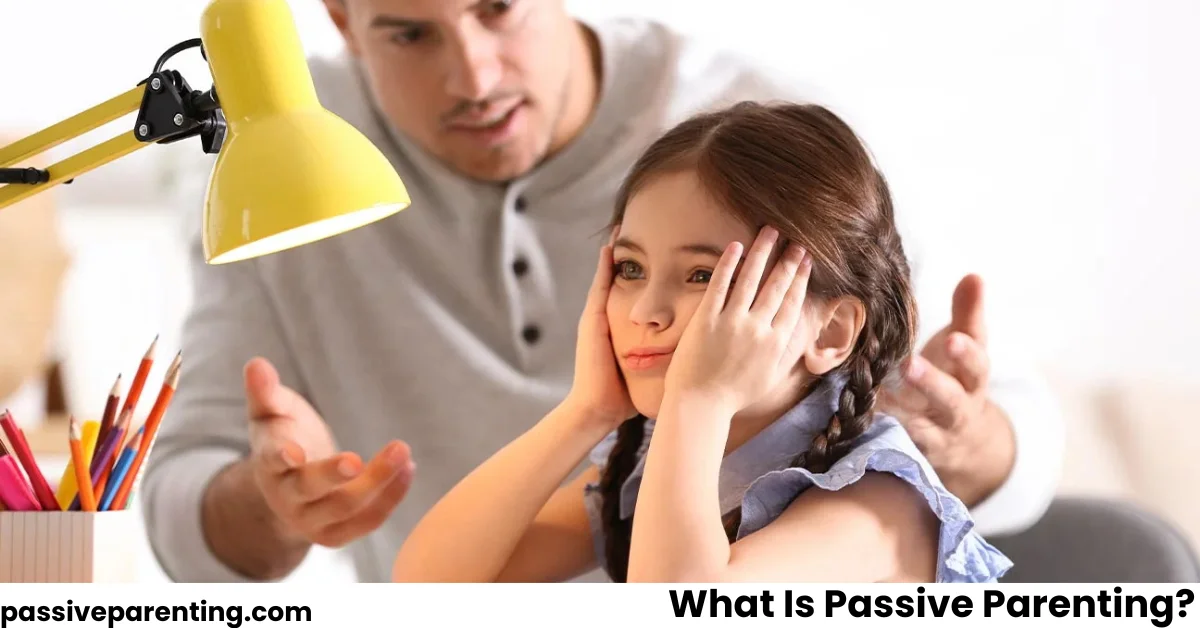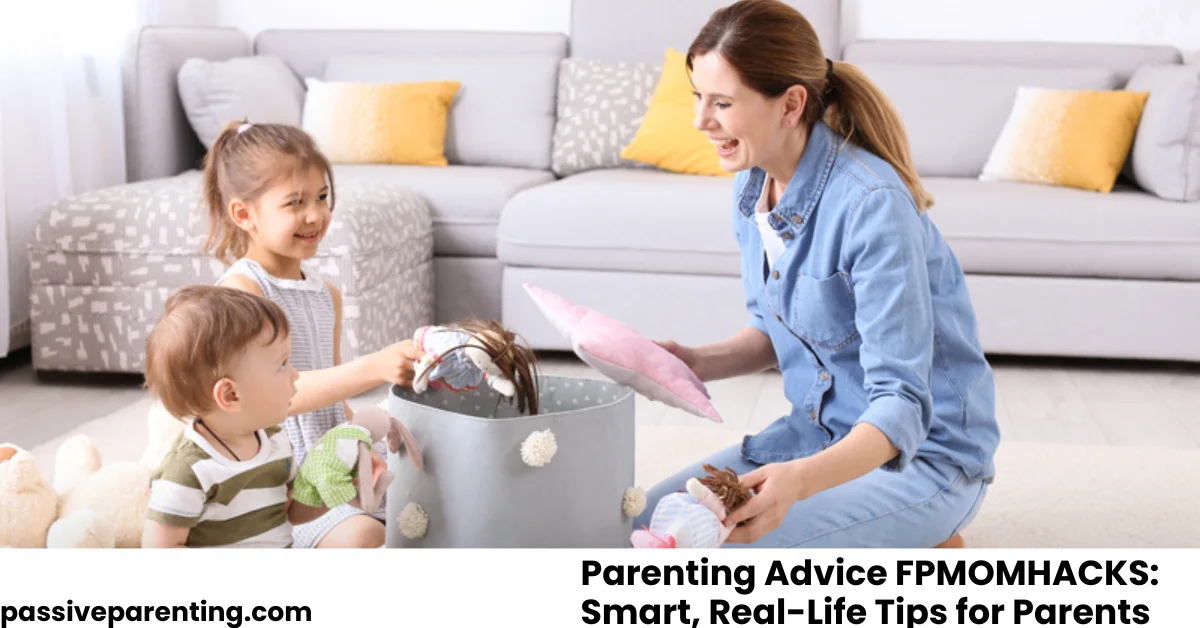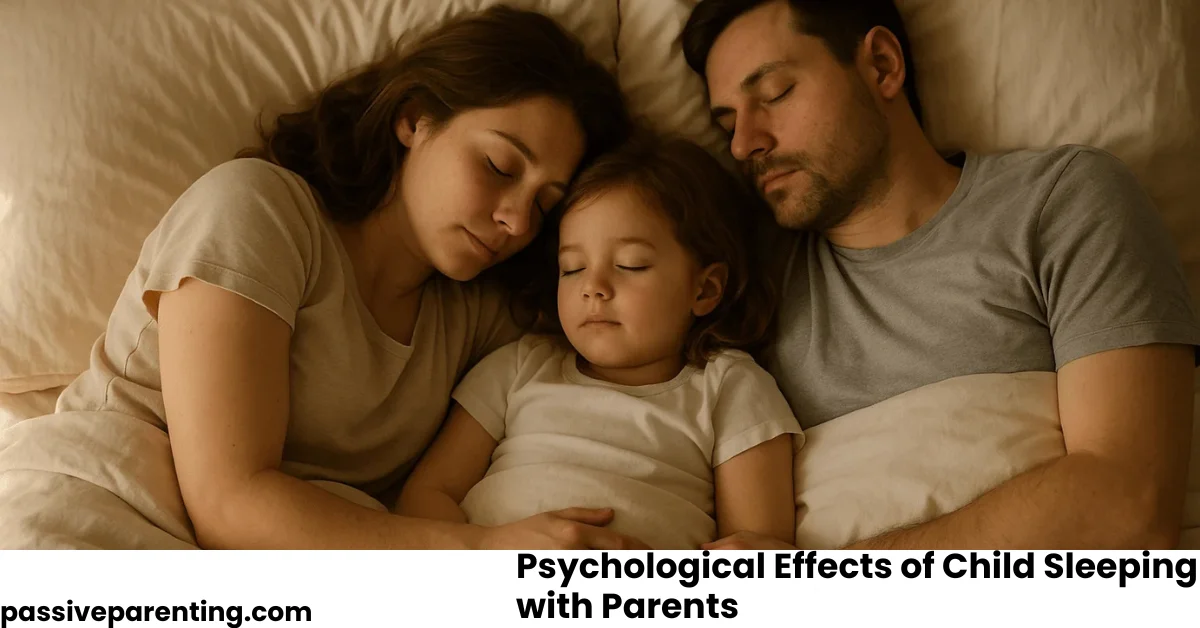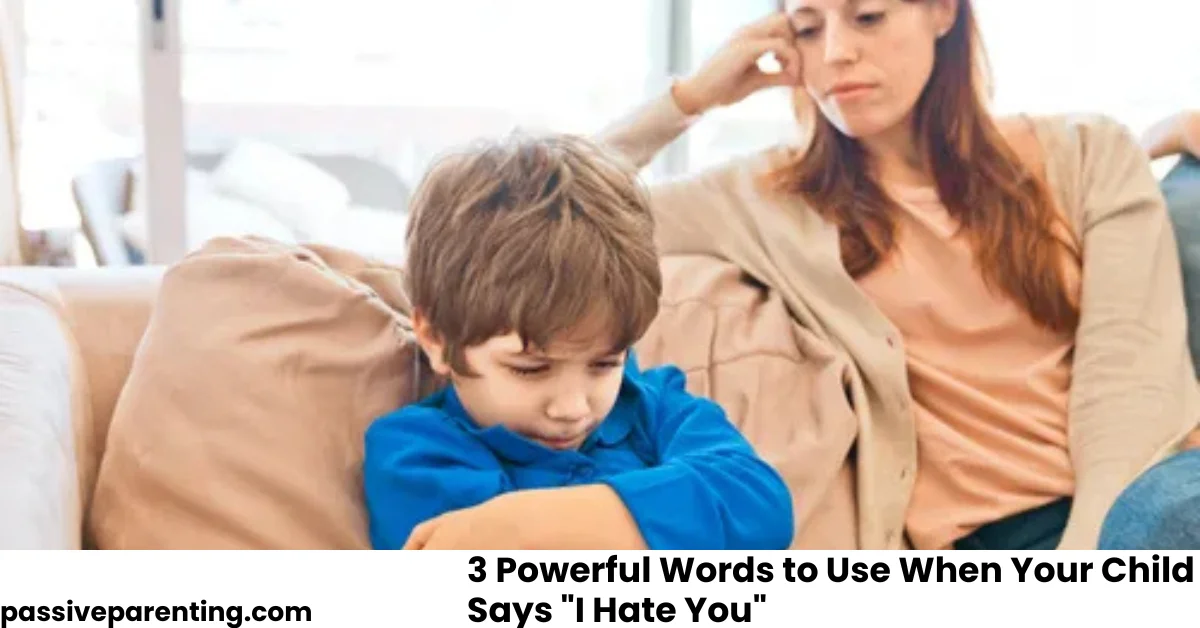Passive parenting is a topic that draws curiosity and concern from families, educators, and parenting experts alike. With today’s busy lifestyles and growing focus on gentle approaches, it’s essential to understand what passive parenting actually means, how it looks in real life, and what it means for child development and family dynamics. This comprehensive guide explains passive parenting, its defining traits, its impact, and practical tips for healthy parenting strategies.
Understanding Passive Parenting: The Core Definition
Passive parenting, also known as permissive parenting, refers to a parenting style where parents take a hands-off approach and fail to set boundaries, enforce rules, or provide consistent guidance. Unlike permissive parents who are lenient yet emotionally invested, passive parents often appear detached and uninvolved in daily decision-making.
Psychologist Diana Baumrind, who first introduced the concept of parenting styles, emphasized that children require both responsiveness (warmth, support) and demandingness (rules, expectations) for healthy development. Passive parenting tends to lack both elements, creating gaps in a child’s emotional and behavioral growth.
Characteristics of Passive Parenting
Permissive parents may not openly neglect their children, but their actions—or lack thereof—send subtle signals that structure and involvement are missing. Key traits include:
Low Involvement and Lack of Boundaries
Children raised by passive parents often navigate life with minimal guidance. Rules are rarely set, and discipline is inconsistent or absent.
Avoidance of Conflict
Passive parents often avoid confrontations, choosing silence or withdrawal instead of addressing issues. For example, they might ignore repeated tantrums rather than setting behavioral expectations.
Over-Reliance on Others
Teachers, relatives, or peers may end up shaping the child’s habits more than the parents themselves. This reliance on external figures can cause children to feel unsupported at home.
Emotional Distance
While not always intentional, passive parenting can feel like emotional neglect. Children may struggle to form a secure attachment due to lack of consistent communication or attention.
Examples of Passive Parenting
Understanding what permissive parenting looks like in daily life can make the concept clearer:
- Ignoring a child’s poor grades and leaving academic responsibility entirely to teachers.
- Avoiding discussions about risky behaviors like alcohol, drugs, or bullying.
- Allowing children to set their own bedtime with no oversight.
- Failing to intervene when siblings fight, hoping issues resolve themselves.
Passive Parenting vs Other Parenting Styles
Understanding what passive parenting is becomes clearer when compared with other well-known parenting approaches.
Passive vs Authoritative Parenting
- Authoritative: Balanced; parents set clear rules while being warm and responsive.
- Passive: Rules are absent, guidance is inconsistent, and involvement is low.
- Impact: Authoritative parenting fosters independence and responsibility, while passive parenting risks confusion and insecurity.
Passive vs Authoritarian Parenting
- Authoritarian: Strict, controlling, and focused on discipline.
- Passive: Detached, avoids discipline altogether.
- Impact: Authoritarian children may struggle with self-esteem, but passive-parented children often lack resilience and decision-making skills.
| Parenting Style | Involvement | Rules & Discipline | Warmth | Effect on Child |
|---|---|---|---|---|
| Authoritative | High | Consistent | High | Balanced growth |
| Authoritarian | High | Strict | Low | Obedience, low self-esteem |
| Permissive | Medium | Few rules | High | Loved but undisciplined |
Causes of Permissive Parenting
Several factors contribute to why parents adopt a passive approach:
- Cultural Factors: In some cultures, children are expected to grow independently with minimal parental control, which may overlap with passivity.
- Stress and Overload: Parents juggling jobs, financial struggles, or multiple responsibilities may lack the energy for consistent involvement.
- Mental Health Challenges: Depression, anxiety, or chronic stress can lead to withdrawal from parenting duties (National Institute of Mental Health).
- Lack of Parenting Knowledge: Some parents simply don’t know effective strategies or misunderstand the importance of boundaries.
Effects of Passive Parenting on Children
The consequences of passive parenting can be profound, affecting both childhood and adulthood.
Short-Term Effects
- Confusion due to lack of rules
- Struggles with self-regulation
- Behavioral issues in school
- Difficulty respecting authority figures
Long-Term Effects
Research shows that children raised without consistent guidance are more prone to academic underachievement, poor emotional regulation, and risky behaviors.
Other potential outcomes include:
- Low self-esteem and lack of confidence
- Difficulty forming healthy relationships
- Higher susceptibility to anxiety and depression
- Struggles with career and independence in adulthood
How to Identify Passive Parenting in Yourself
Parents may not realize they are practicing a passive style. Here are some self-reflection questions:
- Do I avoid disciplining my child to prevent conflict?
- Do teachers or relatives handle most of my child’s guidance?
- Do I rarely set routines, like bedtime or homework schedules?
- Do I feel emotionally distant from my child?
If the answer is “yes” to most, it may indicate passive parenting tendencies.
How to Overcome Permissive Parenting
Shifting from a passive style takes effort but is possible with small, consistent changes. The goal is not perfection, but presence and structure. Parents who take even small steps toward involvement often notice positive changes in their child’s behavior and emotional well-being.
Building Consistent Boundaries
Children thrive when they know what to expect. Start with clear, age-appropriate rules such as setting homework hours, limiting screen time, or assigning small household chores. Instead of reacting only when a problem arises, create expectations in advance and enforce them fairly.
- Example: If bedtime is 9:00 PM, stick to it consistently, even on weekends.
- Use positive reinforcement (praise, rewards) instead of only focusing on punishment.
Boundaries provide children with a sense of security and teach them accountability.
Improving Communication
Passive parenting often stems from avoiding tough conversations. Shifting to an active style means embracing dialogue.
- Encourage your child to share their thoughts and feelings openly.
- When disagreements arise, respond calmly instead of avoiding the topic.
- Use “I” statements (e.g., “I feel worried when you don’t finish homework”) to express concern without blame.
Healthy communication helps children feel valued and builds stronger emotional bonds.
Seeking Professional Help
Sometimes, breaking passive patterns requires external guidance. Parenting coaches, therapists, or family counselors can provide strategies tailored to your situation.
- Counseling sessions can help parents recognize emotional blocks, such as fear of conflict or past childhood experiences.
- Group parenting workshops offer support by connecting parents who face similar challenges.
Seeking help is not a weakness—it’s a proactive step toward becoming the parent your child needs.
Creating Routines
Routines bring structure, stability, and predictability into a child’s life. They also reduce conflict because rules become habits.
- Establish daily rituals for meals, study, play, and bedtime.
- Post a family calendar on the fridge so children know what to expect.
- Involve kids in planning routines to make them feel included.
Over time, routines create a balanced environment where children can develop responsibility and self-discipline.
Being Present and Engaged
Overcoming passivity also means being actively present, not just physically at home.
- Attend school meetings, sports games, or parent-teacher conferences.
- Dedicate even 15–20 minutes of quality time daily to play, read, or talk with your child.
- Put away distractions, like phones or work, during family time.
Small gestures of attention show children they matter.
Practicing Self-Care as a Parent
Many passive parents are overwhelmed or burned out. Taking care of your own mental and emotional health makes it easier to engage with children.
- Prioritize rest, exercise, and stress management.
- Ask for support from partners, friends, or relatives when needed.
- Remember: a healthier parent creates a healthier home environment.
Expert Opinions on Passive Parenting
Child development experts consistently highlight the risks of passive parenting. According to Dr. Laura Markham, a clinical psychologist, “Children need parents who are present—physically and emotionally. Passive parenting often robs kids of the guidance they crave.”
The Centers for Disease Control and Prevention also emphasizes that active parental involvement is linked to better academic outcomes, reduced risky behavior, and stronger emotional health.
Frequently Asked Questions About Passive Parenting
Conclusion
Passive parenting may seem harmless at first glance, but it leaves lasting marks on children’s emotional, academic, and social lives. By understanding what permissive parenting is and recognizing its traits, parents can take steps toward a healthier, more engaged approach.
Parenting doesn’t have to be perfect—but being present, consistent, and supportive makes all the difference.




